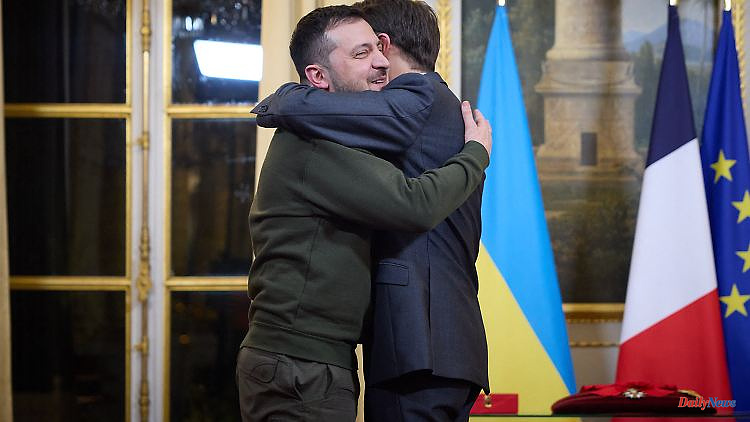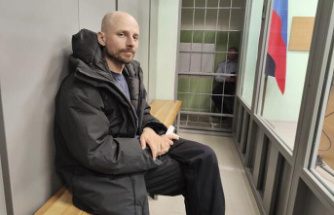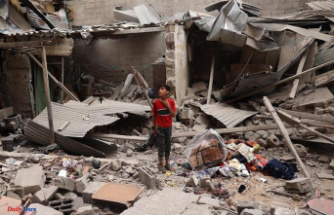According to Wagenknecht and Schwarzer's manifesto, peace would be easy to achieve - with negotiations instead of tanks. The reasoning behind it is naive at best, says peace researcher Ursula Schröder.
The "Manifesto for Peace" by Alice Schwarzer and Sahra Wagenknecht reads as if there were a simple solution to ending the Russian war against Ukraine: negotiations instead of tanks, as the cover of Emma magazine says. And as if peace were a situation that could now be quickly achieved through peace negotiations. Both are wrong. And both are based on the equally false assumption that "peace" exists.
The manifesto leaves open in its title who it is who should live in peace. In the text itself, however, it is clearly positioned. The demanded peace is first and foremost a peace for us, here in Germany: Our government should remember that it is its task to avert harm to the German people, according to the text. And it plays into the hands of the Russian strategy of fear by simultaneously warning of an unstoppable and apocalyptic escalation of the war.
The vague call for peace fails to mention that an immediate "down arms" - understandable as that desire may be - will continue to mean violence, death and profound insecurity for the people of Ukraine. Large parts of Ukraine remain under Russian control. And in view of the rapes, torture and child kidnappings that were and are being documented after the liberation of Russian-occupied territories, such a demand is astonishing, especially in the context of the formerly feminist "Emma".
And it falls short to argue that Ukraine cannot win against a nuclear power anyway and must therefore negotiate now. The aim of Western support is not victory over Russia, whatever form it takes. The aim is to successfully defend Ukraine against an attack that violates international law. At the same time, Ukraine should be able to enter future negotiations from a position of strength.
There is of course no alternative to these negotiations - realistically speaking, not about a comprehensive peace order, but about the coexistence of two sovereign states. Because wars between states only very rarely end - in about one fifth of the cases - with the clear victory of one warring party.
However, military support and negotiations are not alternatives - contrary to what the manifesto says. Warfare is part of negotiation processes. And warring factions often do not enter into negotiations until they realize they have more to gain by ending the war than by continuing it.
It is difficult to see such a moment and to support a negotiated solution from the outside - which, of course, will involve concessions from both sides. At the moment it has not yet been reached. These days, the targeted Russian attacks on the necessary supply infrastructure for the civilian population of Ukraine continue unabated or are even intensified.
Finally, the "Manifesto for Peace" argues naively at best with its desire for an immediate peace. Experiences with peace negotiations show that peace is not a state that can be achieved overnight. And that, even if negotiations are successful, peace agreements are often not implemented. The Minsk agreements are just one example.
The stability of a future peace order will depend primarily on whether the negotiated peace agreement is perceived as just, especially by Ukraine. So that there is no dictated peace from the Russian side. And that credible commitments - also from the international side - are made so that peace agreements are reliably adhered to.
A manifesto is a public statement of intent. The "Manifesto for Peace" declares the intention to end this war quickly and at the expense of Ukraine. That would not be a peace worthy of the name. Instead, we must support the search for a just peace. Unfortunately there is no short cut for this.












